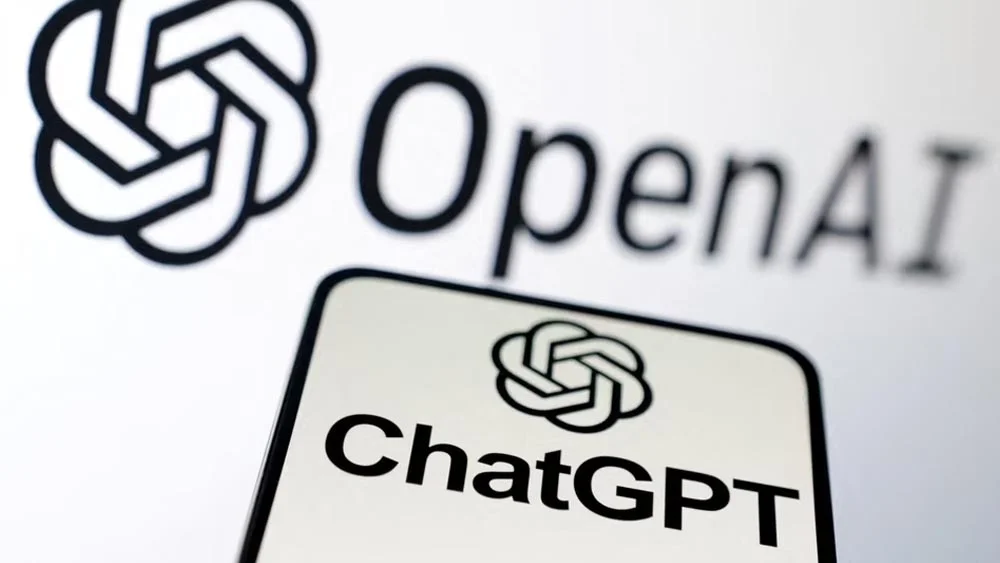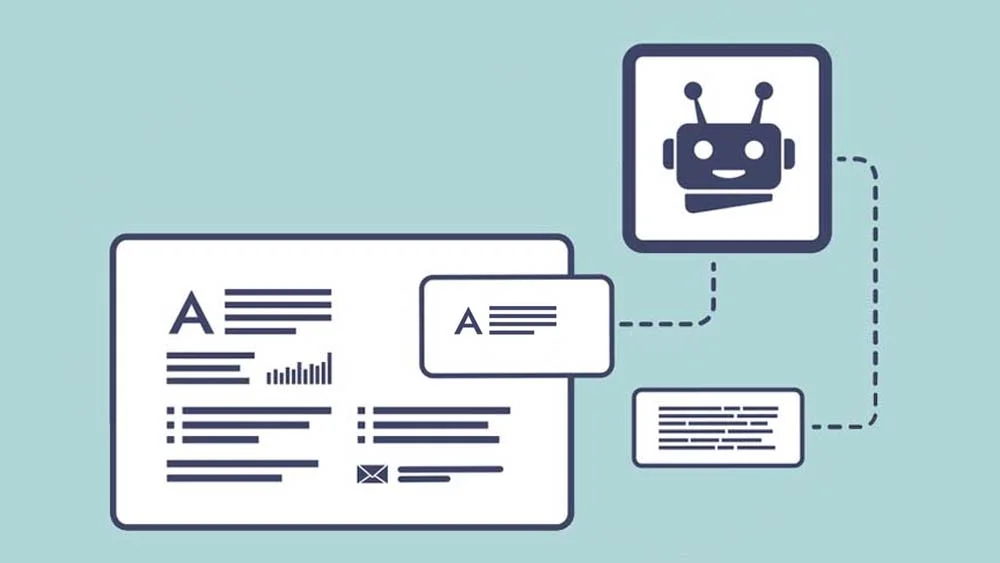Student projects are often elaborate and time-consuming tasks with the No-Code App with multiple steps and objectives. A student has to figure out a topic, prepare a thesis, check references, and identify enough connections to ensure everything makes sense and flows.
The complicated steps necessary for managing written projects are daunting, but technology has made it easier for students to complete their tasks. Technology will not completely replace the student’s effort, but it will provide assistance in helping people figure out what they should do when planning their projects.
Today’s students can work with myStylus AI and other AI-based solutions, including essay typer tools and AI writer applications, to help them complete their tasks. AI writing programs, AI maker tools, and no-code app development systems can assist students by giving them the support necessary to manage their projects well.
Specifically, students can combine AI essay writing tools with no-code app builders. Students can prepare these custom applications to help them improve their learning and writing skills. The GPT-4 platform is one solution students can use to improve how they can create no-code apps.
How AI Is Impacting Writing
AI programs have been used for years to complete various writing-related tasks, although these mostly relate to reviewing pre-written content. An AI helper tool can review content and monitor spelling and grammar issues, helping the writer correct these before submitting a project. The tool can provide recommendations on how to make the content easier to review.
The GPT-4 model is also utilized in writing programs to analyze content and syntax patterns. OpenAI’s Generative Pre-trained Transformer 4 employs advanced machine learning techniques to review extensive datasets of prior written content, enabling it to recognize language patterns and context. This system can predict language flow and suggest the most appropriate words to follow based on the given input.
While the GPT-4 model cannot research or identify the best ideas like a human can, the model can still convey the thoughts someone inputs into words. A GPT-4-based program can work around a student’s notes and prompts and create a thorough response that restates what the writer is thinking.
This aspect of AI writing tools makes content easy, although it is not a replacement for everything a writer can do. The student will still need to review how the words are laid out and if everything the writer wants to explain is included. Further revisions may be necessary if the student finds any issues.
How Can GPT-4 Be Incorporated Into an App?
The GPT-4 system is easily accessible from OpenAI, making it easier for students to plan new no-code apps with this platform. A student can use the API that OpenAI provides and create a dedicated API key that can connect to an app builder.
The student can then use the GPT-4 layout through the app. The system provides easy access to the setup, helping improve how well the student can prepare various processes.
“GPT-4 has been a true game-changer,” myStylus AI chief product officer, Max Malak, states about this system. “The setup has created a standard for how we review text through AI. But it’s also something still going through refinement. The ability of students to understand how the system works is critical to knowing how something can operate.
Planning Language Right
A student can also incorporate an essay writer into a no-code app that works with various instructions. AI writer apps can be programmed to anticipate different demands the writer holds.
An AI writer can plan an app that reviews a project based on these points:
- Particular requirements for the task, including length and grade level
- The general resources the user has
- The overall goal of the project: it could be for a class or to receive funds for a project
- Basic writing conventions
- The tone or voice the writer wants to use
The timing for how long it would take for an AI helper tool to complete the task will vary on how complicated the client’s instructions may be. A thorough analysis of the work is necessary to confirm what the AI tool can produce.
The student may still need to hire a professional to help in preparing an app that can work with all these rules. The timeframe required to get the app ready will vary depending on how many terms and rules are necessary for work.
Reviewing the Instructions and Prior Written Content
One fascinating point about AI writing tools that students can use today involves AI autocomplete features. A platform can provide recommendations for how someone can write content based on these factors:
- Whatever words someone has used throughout the writing; a program can recommend words based on tone and grade level
- Any instructions for a task; the writer can input the rules for a project, and the AI program can plan recommendations based on those terms
- The context of what the program is reviewing; the platform can check the terms the writer uses and provide recommendations based on what appears
Modern AI programs can review as many details as necessary to provide suggestions. A platform that takes in more content and has added rules for reviewing content can work well.
Planning a Suitable No-Code App
The fact that students can use an AI maker through a no-code developer is an outstanding point, but a student will have to review how well one’s app can work as necessary. Various steps are vital for the success of a task:
- An app must be planned based on the unique terms the writer wants to use. A writer will need to utilize the most recent version of GPT-4 or another platform for the task
- There should be enough instructions within the app so that the writer can get the necessary results when inputting content
- While no-code programming tools make development easy, the user should still review the instructions for using a no-code developer. Failing to review the rules could result in the program not working well
What About Other GPT-4 Solutions?
While GPT-4 is a popular solution for no-code apps, students can also incorporate alternative platforms. These setups include open-source solutions that feature APIs a student can enter into a developer.
Various companies have produced open-source AI writing systems students can incorporate into their no-code app development plans. For example:
- Hugging Face Transformers: An open-source library that provides pre-trained models for natural language processing tasks, allowing students to easily integrate AI functionalities into their applications
- Rasa: A framework for building conversational AI that enables students to create chatbots with customizable features, utilizing open-source components for flexibility
- TextBlob: A simple library for processing textual data that offers easy-to-use APIs for students to implement basic natural language processing tasks in their projects
AI maker programs have become increasingly prominent over the years, and students can use their own through no-code app development. The ability to customize a program and use advanced setups like GPT-4 to improve how well an essay maker works is an exciting point to review. But any student wanting to use such a platform must know how it works while understanding the capacity of the system one is planning.





